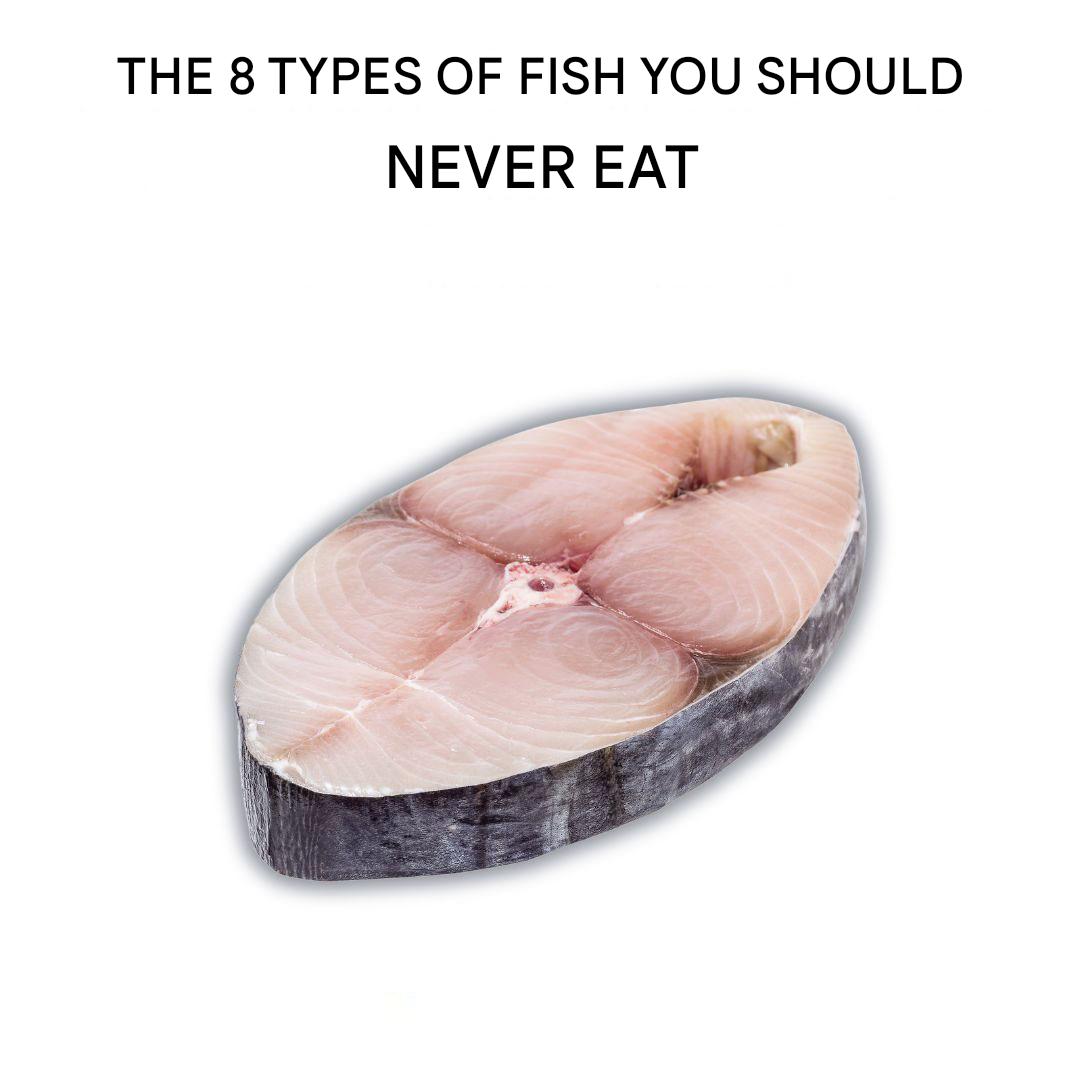ADVERTISEMENT
## 1. **Environmental Impact: Overfishing Crisis**
### Unsustainable Fishing Practices
The Atlantic bluefin tuna, which is the largest of the tuna species, has been a highly sought-after fish for centuries, especially in high-end sushi restaurants. This has led to a growing demand that far exceeds the tuna’s ability to replenish its population. Overfishing is perhaps the most pressing concern when it comes to the bluefin tuna. The commercial fishing industry has been relentlessly targeting these majestic fish, leading to population declines that threaten their very survival.
In fact, the International Union for Conservation of Nature (IUCN) lists the Atlantic bluefin tuna as an endangered species. Once abundant in the Atlantic Ocean, bluefin tuna populations have plummeted by as much as 97% in some areas due to overexploitation. Their slow reproductive rates make it difficult for them to recover quickly from overfishing.
### Destructive Fishing Methods
Bluefin tuna are often caught using methods that are incredibly destructive to marine ecosystems. One of the most common methods for catching bluefin tuna is **longline fishing**, which involves using massive lines with hundreds of baited hooks that stretch over vast areas of ocean. This technique is notorious for its bycatch problem, where non-target species, including sea turtles, sharks, and other fish, are accidentally caught in the process. These unintended victims are often discarded dead or injured, contributing to the degradation of marine biodiversity.
Another method, **purse seine fishing**, involves encircling entire schools of tuna with large nets, which can also cause massive disruption to the ocean’s food chain. Furthermore, bluefin tuna are often captured and held in **fishing farms** or **cage systems**, where they are fattened up before being sold for market. These farms have a host of problems, including disease transmission, water pollution, and the depletion of wild fish populations used to feed the farmed tuna.
### Impact on Other Marine Species
The unsustainable fishing practices used to capture bluefin tuna don’t just harm the tuna population. They have a cascading effect on the broader marine ecosystem. Bluefin tuna are apex predators in their environment, and their decline disrupts the natural balance of the ocean’s food chain. Their absence can lead to the overpopulation of certain species, throwing off the delicate ecological balance of the marine environment. Additionally, the bycatch associated with tuna fishing threatens a variety of marine species, many of which are also endangered or threatened.
By consuming bluefin tuna, consumers are inadvertently contributing to these destructive practices, further exacerbating the environmental damage caused by overfishing.
## 2. **Health Concerns: Mercury and Toxins in Bluefin Tuna**
### High Levels of Mercury
One of the most pressing health concerns associated with eating bluefin tuna is the **high concentration of mercury** in the fish. Mercury is a heavy metal that is toxic to humans, and when consumed in large quantities, it can lead to serious health problems. Bluefin tuna, being a large predator fish, accumulates high levels of mercury through a process known as **biomagnification**. As smaller fish containing mercury are eaten by larger fish, the mercury concentration increases up the food chain, making top predators like bluefin tuna particularly dangerous to consume in large amounts.
### Potential Health Risks of Mercury Poisoning
Chronic mercury poisoning can lead to a range of health issues, including:
– **Neurological damage**: High mercury levels can cause irreversible damage to the brain and nervous system, particularly in developing fetuses and young children.
– **Kidney damage**: Mercury can be harmful to the kidneys, leading to kidney disease and dysfunction.
– **Cardiovascular issues**: Some studies have linked high mercury exposure to an increased risk of heart disease, especially in older adults.
– **Reproductive problems**: Mercury can interfere with reproductive health, leading to complications such as lower fertility and developmental delays in children.
Because bluefin tuna contains such high mercury levels, it is especially dangerous for pregnant women, nursing mothers, and young children, who are more vulnerable to the harmful effects of mercury exposure.
For Complete Cooking STEPS Please Head On Over To Next Page Or Open button (>) and don’t forget to SHARE with your Facebook friends
